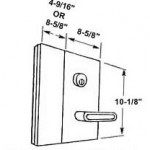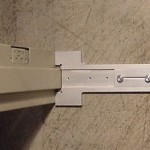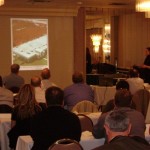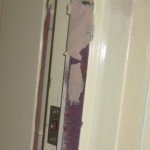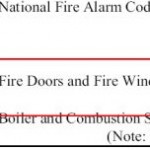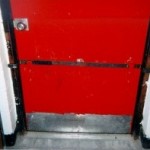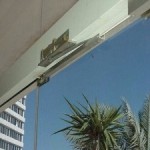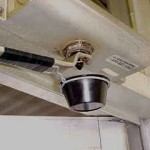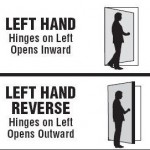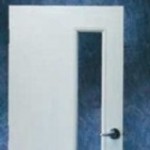Blumcraft Center Housing
I am running into more and more all-glass doors on my projects, and in the words of one of the contractors I'm working with, "Doors are being asked to do things they've never done before." I've had large glass panels pivoting at the center, glass doors acting as opening protectives in fire-rated walls, and glass doors with all types of electrified hardware applications - all with invisible wires, of course. Given the limited options available for glass door hardware, it's often a real challenge to specify hardware that meets the functional and aesthetic requirements for the project. On one project I specified Schlage mortise locks installed in Blumcraft center housings and it was a great solution. The glass door manufacturer had no problem accommodating them, the architect was happy with the way they looked, and I had the full range of lock functions to choose from.

